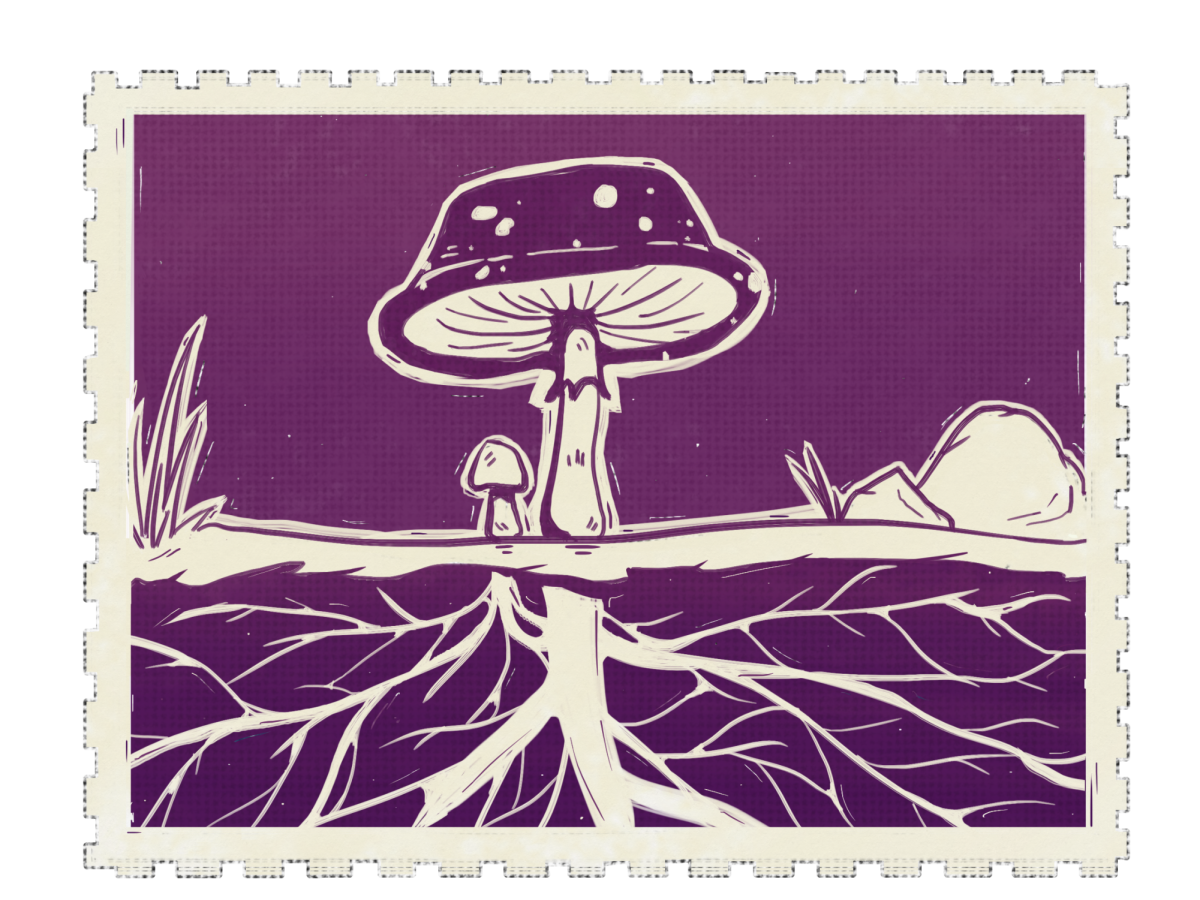ENTERING JORDAN PEELE’S FIFTH DIMENSION
From a legacy of mystery that began 60 years ago, “The Twilight Zone” has returned to its well-deserved place in the spotlight.

Hosted by Rod Serling, the original television show ran from 1959 to 1964 featuring tales of science fiction known for their twist endings and moral messages. After previous remakes from the 1980’s and early 2000’s (and one from 1983), it’s about time “The Twilight Zone” got an upgrade.
Acclaimed horror filmmaker Jordan Peele (“Get Out,” “Us”) has taken the reins of the “Twilight Zone” reboot which debuted on April 2 on CBS All-Access. The new series, which features hour-long episodes airing every Thursday, proves a well-rounded tribute to the classic anthology.
Comedian Kumail Nanjiani stars in the show’s aptly-named pilot, “The Comedian,” which acts as a nod to Nanjiani’s own career, continuing a pattern set in the original “Twilight Zone” whereby actors are cast in roles that mirror their real-life professions. “Come Wander with Me” from the original series, for instance, features singer Gary Crosby as Floyd Burney, a rockabilly musician who dons a guitar throughout the episode.
“The Comedian” blends the highs and lows of the stand-up comedy profession, which soon take on a mysterious downward spiral. Complete with the supernatural themes the show is notorious for, the result is an engaging plot that examines the dark side of success.
Adam Scott appears in the second episode, “Nightmare at 30,000 Feet,” which puts a new-age spin on the popular 1963 tale “Nightmare at 20,000 Feet.”
In the original, William Shatner (of “Star Trek” fame) is a troubled protagonist, stuck on a plane with something sinister on the wing. Scott plays a similarly distressed passenger, but this time a more complex threat is inside the plane as hints are dropped through a podcast that begin to reflect foreboding details about the flight he is currently on. The episode played with the horrors of predetermined fate, and held viewers along for the claustrophobic ride.
Episode three, “Replay,” plays like a nightmare on repeat.
In it, Sanaa Lathan portrays a black mother on the road with her son (Damson Idris) bound for his first day of college, but must endure malicious prejudice from a white policeman who always seems to be right on their tail. It soon becomes apparent, though, that the only advantage the mother holds over him comes from the supernatural powers of an old video camera she has brought along for the ride.
Balanced with poignance and lighter moments, the truly chilling execution of the episode creates authentic dread in the viewer, making them feel as if at any second the cop could come knocking on their door.
Look and Feel
The set design and cinematography of the “The Twilight Zone” make for a visually satisfying experience, with Peele paying close attention to the look and feel of each setting.
In “The Comedian,” a surreal plane passes over an urban Manhattan setting at night. The comedy club features sleek neon and brick walls, and Nanjiani’s high-end residence has a splash of personality in its decoration, much like that of the well-off apartment dwellers portrayed in Serling’s original. “Replay” features the recurring setting of a colorful, retro diner, the atmosphere of which starkly contrasts with the episode’s disturbing storyline.
The end of “The Comedian” is complimented by poignance in the musical score along with an interesting visual homage to Stanley Kubrick’s “The Shining,” and the references don’t stop there: All three episodes are laden with references to original “Twilight Zone” episodes, including names of classic characters and props that make appearances.
The Old and the New
Peele takes advantage of the modern era in terms of lack of censorship, evident in a variety of departures from the original. When “The Twilight Zone” first aired in 1959, Serling was forced to camouflage societal messages behind fantastical situations in order to usher them past the network censors.
This may be one of the reasons why the original series is so well-loved: It hinted at moral themes so ahead of its time that its courage is now admirable when put in perspective. But where the original series carefully alluded to such themes, Peele hits political topics on the nose.
“The Comedian” featured occasional profanity in its script, which — while understandable considering the natural bawdiness of a comedy club setting — felt rather frivolous coming from Nanjiani’s female comedian friend.
Perhaps it was Peele’s intention to have her character come off as having an over-the-top, modern personality, with a knack for trendy talk. The result is a sharp contrast to the black-and-white innocence that reigned in television decades ago.
Authenticity
Just as important as the new “Twilight Zone’s” episodes is its treatment. Any fan with a high attention to detail will be pleased: Not only is the recognizable opening score virtually the same with imagery to match, but the typeface of the show’s titles is identical giving it a delightful dose of authenticity. During the closing credits, a single image from the preceding episode acts as a static background, just as it did 60 years ago.
Peele’s appreciation for the precursor shines through in his immaculate imitation of Rod Serling’s classy presence during the on-screen commentaries that proceeded and preceded each episode.
The only real change came with the script: In 1959, Serling’s opening narration of the series referenced the show’s elusive “middle ground” which “lies between the pit of man’s fears and the summit of his knowledge.” Peele’s switch to “one’s fears” and “one’s knowledge” was perhaps unnecessary, considering well enough could’ve been left alone.
Peele’s clear passion for the series, however, overrides such technicalities. A fan at heart, his success at rejuvenating the classics acts as a calling for those with similar taste — igniting a creative hope that perhaps someday, they can do the same.








